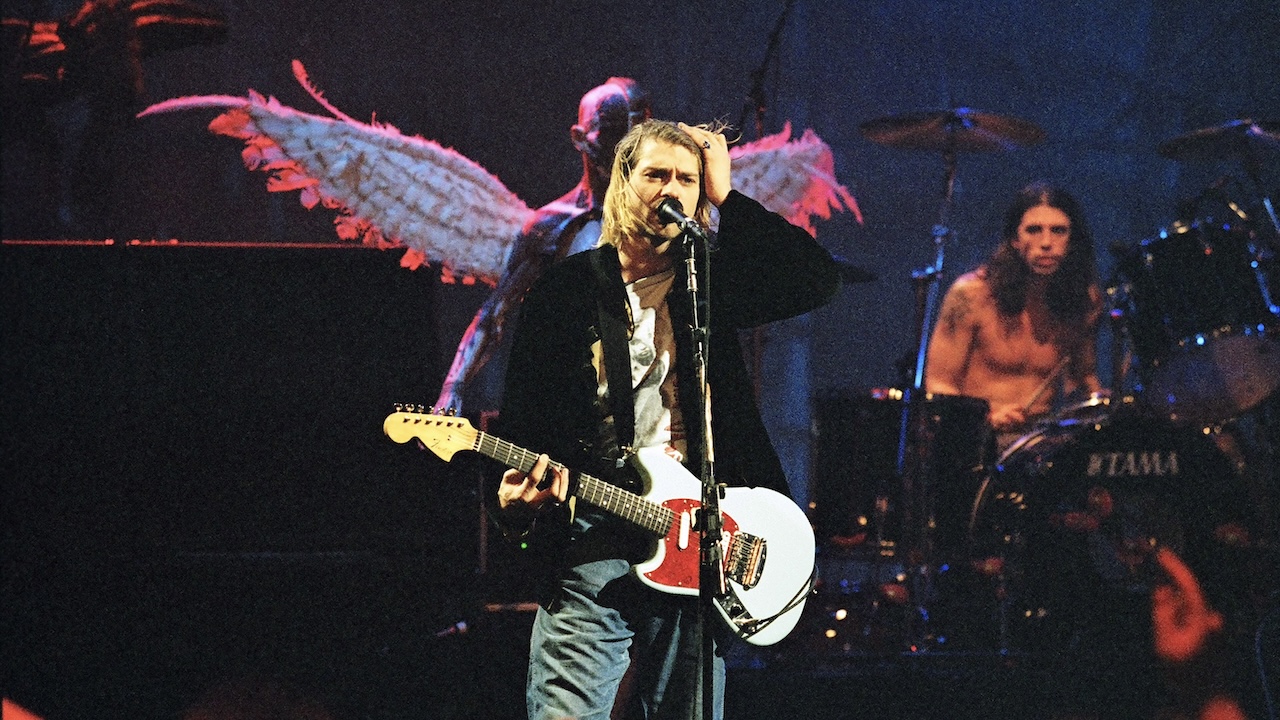Unchained Melody: Revisiting the influential Gothenburg sound
How did a small city in Sweden birth one of our most influential scenes? Three decades since At The Gates, In Flames and Dark Tranquillity emerged, we look back on the city's musical history
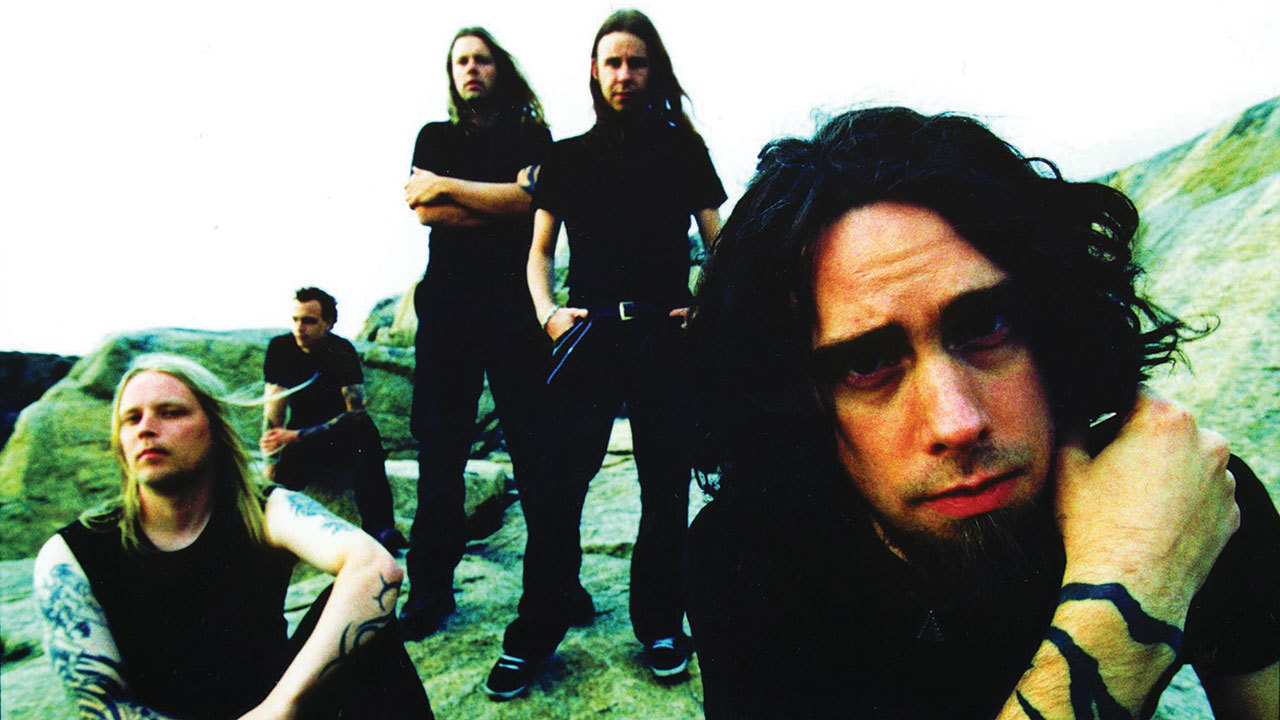
“The part of Gothenburg we’re all from is really tiny. There is basically one bus route that leads into the city…”
When dissecting the evolution of modern heavy metal, there is no questioning the monumental importance of what is now widely known as ‘the Gothenburg sound’. From the outside, Sweden’s hugely influential underground metal scene of the late 80s and early 90s may seem faintly exotic and glamorous, but the truth is that At The Gates, In Flames and Dark Tranquillity – the scene’s most significant bands – began their march towards greatness on public transport.
“I was at the first stop on the route, and that was where Tomas Lindberg from At The Gates lived as well,” recalls Dark Tranquillity vocalist Mikael Stanne. “Then it would be Niklas Sundin [Dark Tranquillity guitarist] and Anders Fridén from In Flames. Then we’d meet up with the Björler twins [Jonas and Anders, original At The Gates members] and Anders and Peter Iwers [current Dark Tranquillity and ex-In Flames members respectively] – all on the same bus into the city. Then we’d sit in the park with a tape recorder and tons of beer, and that was it! The community and the friendships started there.”
A small working-class city with a population of only 550,000 today, Gothenburg was never the most likely of locations to spawn an entire new strain of heavy music, and yet the bands that emerged from the suburbs a little under 30 years ago have had a more powerful and direct influence on the sound of modern metal than any other comparable scene. However, back in 1988, when Tomas ‘Tompa’ Lindberg and his friends kickstarted the Gothenburg death metal scene via their first band, Grotesque, no one involved had the remotest clue – or indeed the vaguest of hopes – that their tiny community would have any impact whatsoever.
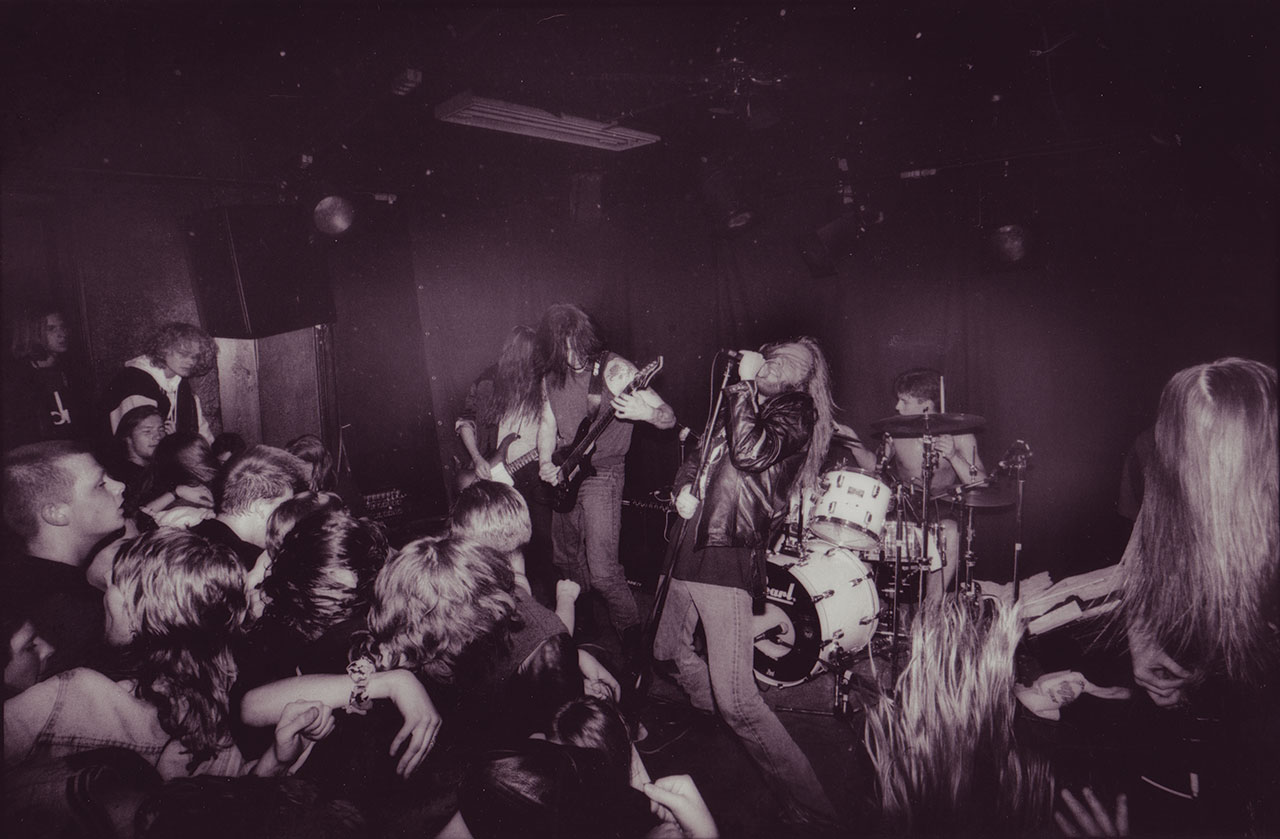
“There was no sense that it was any more special than anywhere else, because we don’t really think that way,” says Tompa. “When we started Grotesque, we got a lineup together consisting of the only four people we knew that liked death metal! But at the last shows we did, there were people turning up that we hadn’t known from the start, and they were forming bands.”
Although he would eventually attain legendary status as frontman with At The Gates, Tompa’s early forays into metal were proudly raw, primitive and as obnoxious as possible. Grotesque’s music bore little resemblance to the melodic and streamlined attack that we now associate with the Gothenburg scene, but their very existence provided ample inspiration for other young local metalheads.
“On the 1st of December, there would always be a disco that was arranged by the school, and Grotesque played there in ’88,” Mikael recalls. “They just wanted a show. It didn’t matter what it was. If it was a youth disco, fuck it, let’s do it! They went onstage in full garb, with blood and pentagrams and inverted crosses, and there were tons of parents just hanging out, checking that no one was drinking! They tried to pull the plug immediately, but the band kept playing without a PA. Tomas started screaming and cursing, putting incantations and curses on the parents. It was madness. Me and Niklas [Sundin] were shouting, ‘This is the best show ever!’ Ha ha!”
Sign up below to get the latest from Metal Hammer, plus exclusive special offers, direct to your inbox!
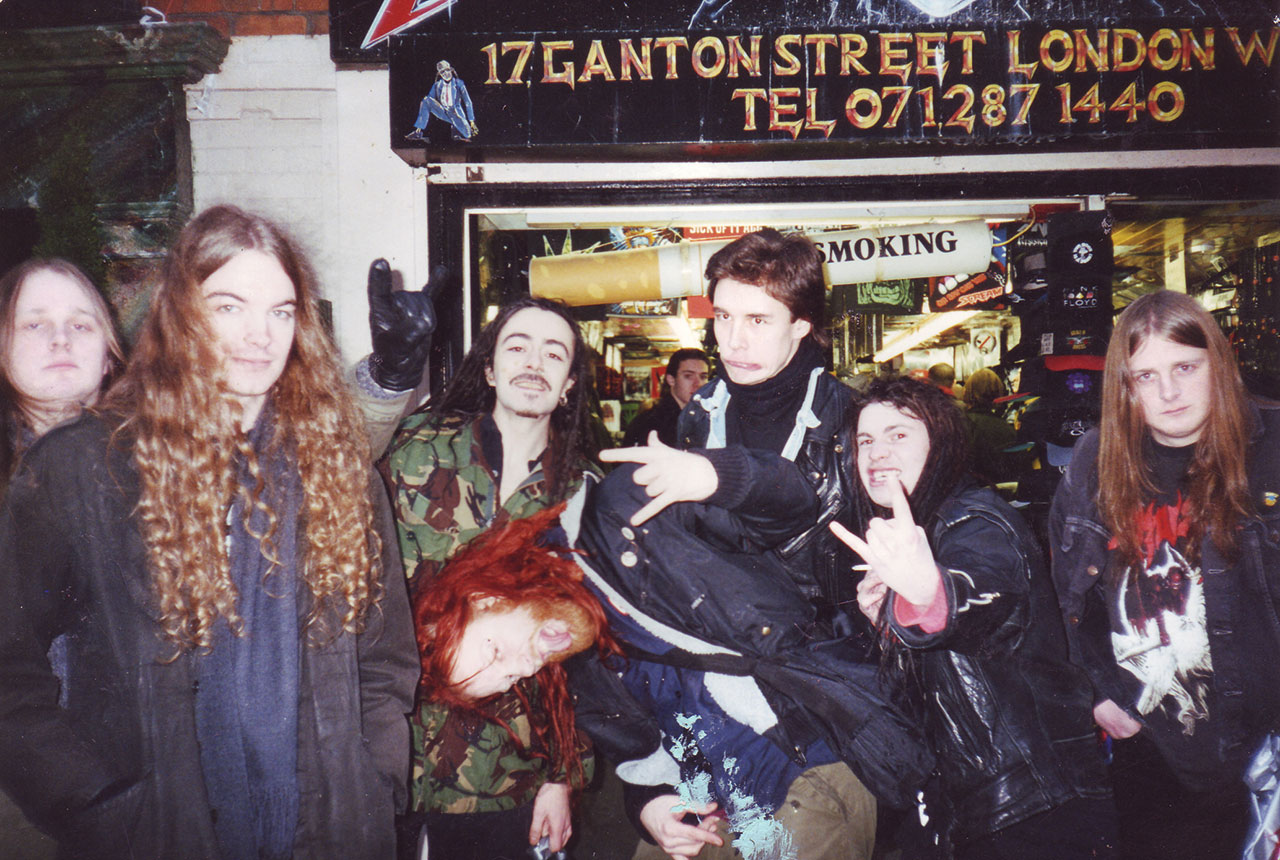
Within a couple of years, virtually everyone connected to Gothenburg’s small but passionate death metal community had formed their own bands. By 1990, Grotesque were no more and T
ompa was now fronting a fledgling At The Gates, while Dark Tranquillity and In Flames were also up and running, with the less-celebrated likes of Tiamat and Ceremonial Oath also adding fuel to the fire. Nonetheless, this was still a scene with meagre expectations.
“There weren’t many places to play,” Tompa admits. “It was youth clubs and squats. Those places were really small and you’d know half of the people there, and it was 100 people tops. So they were basement shows and really good fun.”
“You’d hear about a show in a part of town you didn’t know, and then you’d figure out how to get there,” adds Mikael. “You told your parents you were going over to a friend’s house and then you’d get drunk on the other side of town and get home way too late. It was exciting. It was crappy shows in crappy venues, but it was so exciting for these 17-year-olds at the time.”
The widely acknowledged epicentre of the burgeoning Gothenburg scene was a small underground venue called Valvet [“the vault”]. The lack of other suitable places to put on death metal shows ensured this community-run hangout became the one place that Tompa and his fellow musicians could use regularly to learn their trade and pay their dues.
“Valvet was run by a non-profit organisation, so we all helped out,” says Anders Fridén. “It was super-punk and dirty, but it was run by these enthusiasts and it was amazing. It really warms my heart when I think about that place. It was small and sweaty but it gave us the chance to play in front of people, and that’s so important. That place was definitely the start for a lot of bands in Gothenburg. It got shut down and moved, like a lot of places. The people that run the city don’t realise how positive something like that can be. It got us off the streets!”

As time crept forward, the industry began to take note of what was happening in Gothenburg. Bands from Sweden’s more populous capital of Stockholm had been making a noise within death metal circles for a couple of years, with the likes of Entombed and Dismember signing record deals, but it soon became apparent that something distinctly different and unique was emerging from the smaller city. Where Stockholm’s bands favoured a seething, buzzsaw-guitar attack and a strong hardcore punk influence, In Flames and Dark Tranquillity were noticeably more melodic and musically adventurous. As the 90s clicked into gear, At The Gates, In Flames and Dark Tranquillity all got picked up by metal labels, released their debut albums and began to gig more extensively, but the impact of the groundbreaking sound they were all producing was still hard to see.
The catalyst for the Gothenburg scene’s eventual dominance of modern metal’s accepted tropes came in 1995. At The Gates were now well established as one of Sweden’s most significant death metal bands, but the album they made at Gothenburg’s Studio Fredman, with esteemed producer Fredrik Nordström, would go on to inspire an entire generation of bands. Released by Earache Records in November 1995, barely a year before the band split up, Slaughter Of The Soul was an outright game-changer.
“I went to visit At The Gates in the studio, when they were recording,” The Haunted guitarist Patrik Jensen recalls. “I heard what was to become Slaughter Of The Soul. I was speechless! It was something special, something totally new. That’s the moment I decided that something was happening in Gothenburg and that I needed to move there. This was going to blow up. It was an exciting time. Every now and then an album comes along and totally redefines everything, like Reign In Blood or British Steel. And I consider Slaughter Of The Soul to be that kind of album. It’s a huge branch on the trunk of the metal tree.”
Universally acclaimed, Slaughter Of The Soul really did open the floodgates for the Gothenburg bands. Within a couple of years, In Flames were newly signed to Nuclear Blast and taking on all-comers with albums like Whoracle and Colony, while Dark Tranquillity were also increasingly successful. At The Gates called it a day in 1996, just as the sound they helped to create started to exert a noticeable influence on the general sound of modern metal. As the 21st century dawned, a new wave of metal bands from the US emerged, spearheaded by Killswitch Engage, and virtually every last one of them, from Trivium to Avenged Sevenfold, exhibited an obvious debt to the Gothenburg sound.
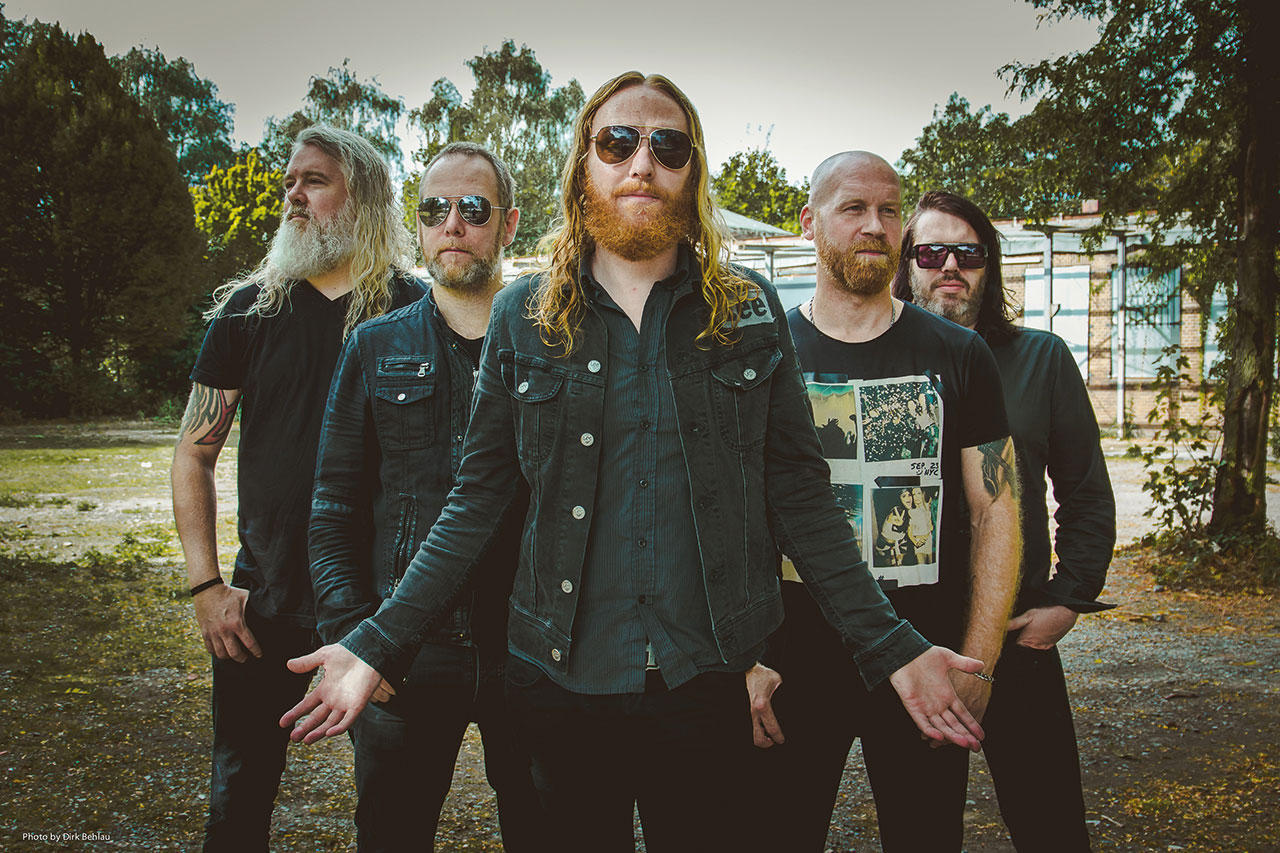
“Everything happened after we split up!” laughs Tompa. “But there’s good and bad with everything. We are pretty mellow and humble about everything. People that know us, they know we don’t make a big thing about anything. There are good death metal bands that we’ve influenced, not just the melodic metalcore stuff, and some of those bands are good in their own way, too.”
“If I want something to be taken away from what we did back in the day, you should just try to make something original,” says Mikael. “Wear your influences on your sleeve, but try to make something new from them. Some of those bands did that. I got it and I really appreciate it. Sometimes it’s obviously not for me, but it’s still cool.”
Nearly three decades on, the Gothenburg sound has been fully assimilated into metal’s artistic vocabulary. In fact, it’s hard to imagine what modern metal would like without the efforts of those scruffy, beer-swilling teenagers from the Swedish suburbs. At The Gates (who reunited for the second time in 2010), In Flames and Dark Tranquillity are all still out there, making killer records, touring with passion and flying the flag for the music they love. Sometimes, it seems, the good guys do win.
“There were guys that went to this music school in Gothenburg, and they had all these sleaze bands and glam bands,” Mikael recalls with an affectionate chuckle. “We were the dirty, drunk outsiders and they were the hip people… which is funny today, because we were the ones that made it and the rest still wish they were glam rock stars, ha ha! Again, just because it was so powerful and strong at the time, it became this all-encompassing thing that we all devoted our lives to early on. It became such a huge part of who we are.”
At The Gates’ At War With Reality and Dark Tranquillity’s Atoma are out now via Century Media. In Flames’ Battles is out now via Nuclear Blast
Death’s Swede Embrace
Five essential Gothenburg metal albums
**Ceremonial Oath - The Book Of Truth [Modern Primitive, 1993] **
One of numerous bands once fronted by In Flames’ Anders Fridén, Ceremonial Oath also brought us Oscar Dronjak, now guitarist with Hammerfall; ex-In Flames guitarist Jesper Strömblad; and current Dark Tranquillity bassist Anders Iwers. It’s a small world, isn’t it? The band’s debut remains a seminal slab of marauding melodic extremity – seek it out.
**Dark Tranquillity - The Gallery [Osmose, 1995] **
Dark Tranquillity may be routinely overshadowed by their more commercially successful In Flames peers, but their contribution to the Gothenburg sound is beyond debate. Simply one of the definitive Swedish melodic death metal albums, The Gallery is a blur of Maiden-tinged hooks, high-velocity riffing and Mikael Stanne’s hostile rasp.
**At The Gates - Slaughter Of The Soul [Earache, 1995] **
The undisputed melodeath motherlode, Slaughter Of The Soul is that rare beast: a perfect heavy metal album. Thirty-four minutes of ruthlessly precise brutality, pinpoint dynamics and hooks big enough to snare a giant squid, its blend of stripped-down grittiness and balls-out metal heroics made it an instant classic, inspiring an entire generation of bands in the process.
**In Flames - The Jester Race [Nuclear Blast, 1996] **
They would make bolder and better records further down the line, but In Flames’ second album established a thrilling, effervescent blueprint for the Gothenburg scene’s most successful band. It’s a simple formula – Maiden-style melody with a death metal delivery – but a gloriously effective one that has had a colossal, enduring impact on how metal sounds today.
Gardenian - Soulburner [Nuclear Blast, 1999]
An overlooked classic that brought progressive flair and a dash of fearless futurism to the Gothenburg sound, Gardenian’s second album owes more to At The Gates’ vicious assault than In Flames’ more accessible approach, but it’s still full of the insistent hooks that the city’s scene is known for. Check out opener As A True King for some prime Swedish neck-wreckage.

Dom Lawson began his inauspicious career as a music journalist in 1999. He wrote for Kerrang! for seven years, before moving to Metal Hammer and Prog Magazine in 2007. His primary interests are heavy metal, progressive rock, coffee, snooker and despair. He is politically homeless and has an excellent beard.
